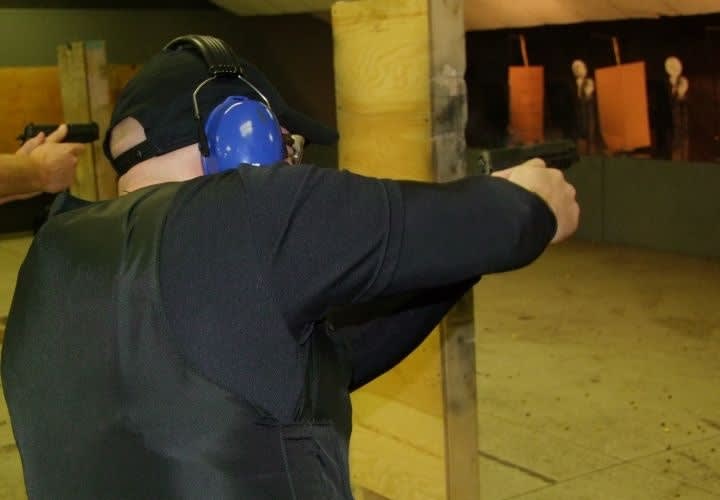Most officers take their firearms training seriously, as they should. You train with imagination and emotion for that moment of truth. You fire Simunition marking rounds at human attackers in training. You win the gunfight, the subject is down, a stop is called by the trainers and you go have a look at where your rounds hit. You check out your handiwork — a nice group in the center of mass — then it's high fives all around and you reset for another one. Sound familiar?
For many officers, this is where both the scenario and the officer's thought process will end. Just because you've put the bad guy down doesn't mean it's over. What should we be doing in those critical moments while waiting for backup to arrive?












